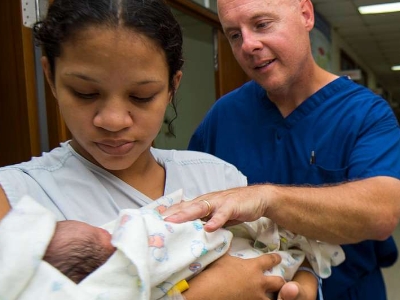Can Children Have Gout?

What is Gout?
Gout is a type of arthritis that occurs when uric acid builds up in the blood and causes inflammation in the joints. It’s a condition in which uric acid builds up either because of too much uric acid intake from rich foods such as seafood, red wine, and chocolate or the body’s inability to process it. Even though the condition is more common among adults, it can also affect children.
What are the Symptoms of Gout?
The signs and symptoms of gout always occur suddenly, and often at night. This includes:
- Intense pain in the joint. It affects the huge toe, but it can happen in any joint. The pain is likely to be most severe within four to twelve hours after it begins.
- Inflammation and redness. Joints become red, warm, tender, and swollen on the affected joint. If you experience sudden, intense pain in a joint, or that goes untreated, seek medical treatment so that it will not lead to worsening the pain and joints.
- Limited range of motion. As gout grows, you may not be able to move your joints normally.
- Persistent discomfort. After the most severe pain, some joint discomfort may last from a few days to weeks. Most attacks are likely to last longer and affect more joints.
What Causes Gout in Children?
This condition occurs as a result of excessive uric acid levels in the blood. Uric acid forms when the body breaks down chemical compounds called purines. These compounds exist naturally in the body and in the foods that people eat.
How Does It Affect Children?
Pediatric gout is a condition that affects children and teenagers. It is very rare in this age group and is typically the result of an underlying medical condition. The affected joints may become painful, swollen, and stiff. If your child experience sudden, intense pain in a joint, call your doctor. If this condition is left untreated, it can lead to worsening pain and joint damage. Seek medical care immediately if you have a fever and a joint is hot and inflamed, which can be a sign of infection.
What are the Factors that Trigger Gout in Children?
- Unhealthy diet. Unhealthy foods or a diet that is rich in red meat and shellfish and drinking beverages sweetened with fruit sugar increase levels of uric acid and may lead to gout.
- Weight. Obesity or being overweight in children causes the body to produce more uric acid and the kidneys have a more difficult time eliminating uric acid.
- Medical conditions. Certain diseases and conditions increase the risk of this condition. These include untreated diabetes, obesity, metabolic syndrome, and heart and kidney diseases.
- Family history of gout. If other members of your family have had gout, you or your child is more likely to develop the disease.
- Age and gender. Gout occurs more often in men, primarily because women tend to have lower uric acid levels. After menopause, however, women’s uric acid levels approach those of men. This factor is uncommon in children.
Treatment for Gout
The medications available for this condition are in two types and they focus on two different problems. The first type helps reduce the inflammation and pain associated with attacks. The second type works to prevent gout complications by lowering the amount of uric acid in your blood.
Treatment for Gout in Children

Children who have gout associated with obesity may benefit from maintaining a moderate weight through diet and regular physical activity. Health experts state that some children may need to reduce their intake of foods that are high in purines. A nutritionist or dietician can offer advice on high-purine foods to avoid. Doctors will also prescribe a specific medication for children to manage the symptoms such as pain.
Medication Used for Gout
Allopurinol. It is short acting but its major metabolite alloxanthine is a long-acting non-competitive inhibitor of uric acid synthesis. It can be taken after meals to avoid gastric irritation. Allopurinol should be cautiously used in the elderly, children, and in kidney or liver disease.



